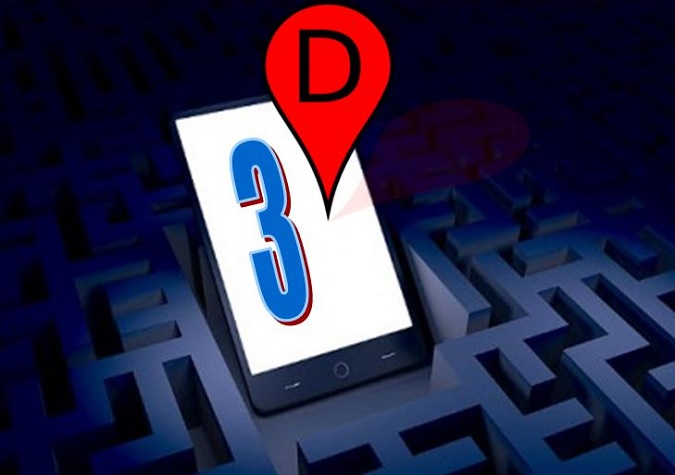Customer distraction from mobile devices has made its way onto public dinner tables.
It doesn’t come as any surprise that technology news reports are determining that smartphone users are increasingly distracted during a growing range of different activities, which include walking down the street, driving, and even at concerts and movies that are supposed to be entertaining on their own.
However, a new study has found that this distraction is now taking away from restaurant service.
Restaurants and their staffs are now finding that their jobs are becoming just that much more challenging as people use their smartphones while they’re at the table, taking longer to progress through their meals. Whether they are taking a call, answering a text, checking emails, or photographing their plates, the use of these devices is extremely common, it is becoming more prevalent, and technology news is now showing that it is slowing down service.
A well established restaurant is now making technology news for having conducted a study on the matter.
The restaurant, located in New York City, received several complaints about having experienced slow service. In response, it decided to investigate the matter and looked into its surveillance videos to observe customer behavior trends. It examined forty five different transactions from 2004 that were located at tables between the diners and the front of house staff. Then another forty five equivalent 2014 transactions were observed.
What they discovered was that it was actually the customers, not the staff, that were to blame for the slow-downs in service, and that it was primarily the diners with cell phones that were behind the issue.
The restaurant, which published its technology news findings but that remained anonymous, initially posted its discoveries on the “Rants & Raves” section of Craigslist for Manhattan. Since then, the study has been removed, but it was available long enough for a broad number of people to have a good look at what its comparison revealed.
The technology news making study showed that diners in 2014 required an average of 13 more minutes to order their meals than they did back in 2004. The observations of the surveillance video showed that today’s diners spent much of their time using their smartphones at the table, then spent another three minutes photographing their food once it arrived. Among those who took photographs, nine had to have their food sent back to the kitchen to have it reheat it because it had gone cold during the time it took to photograph it.


